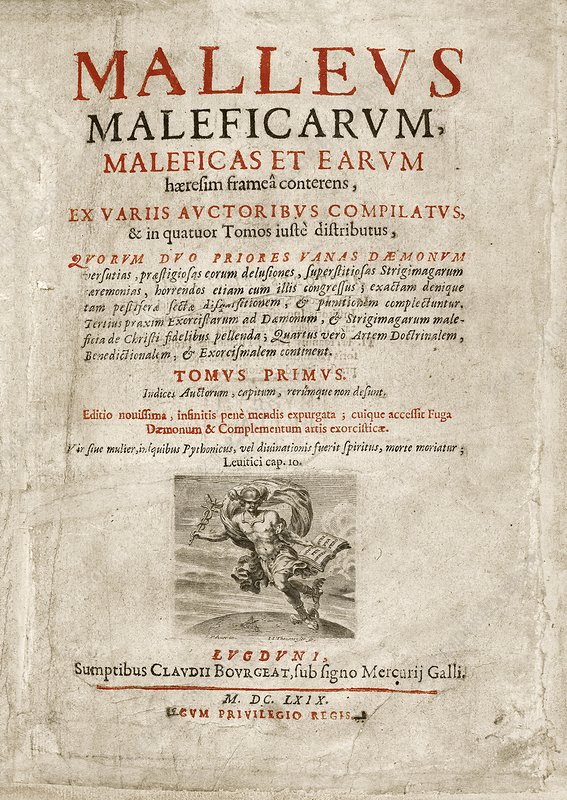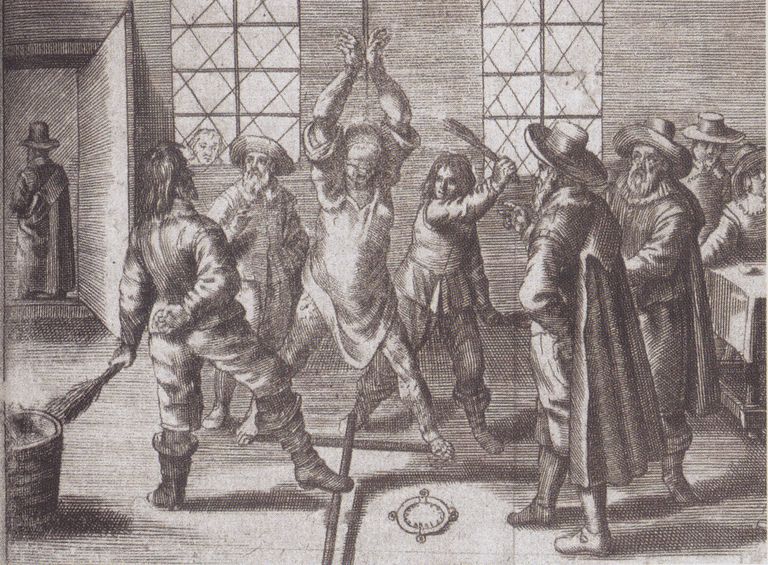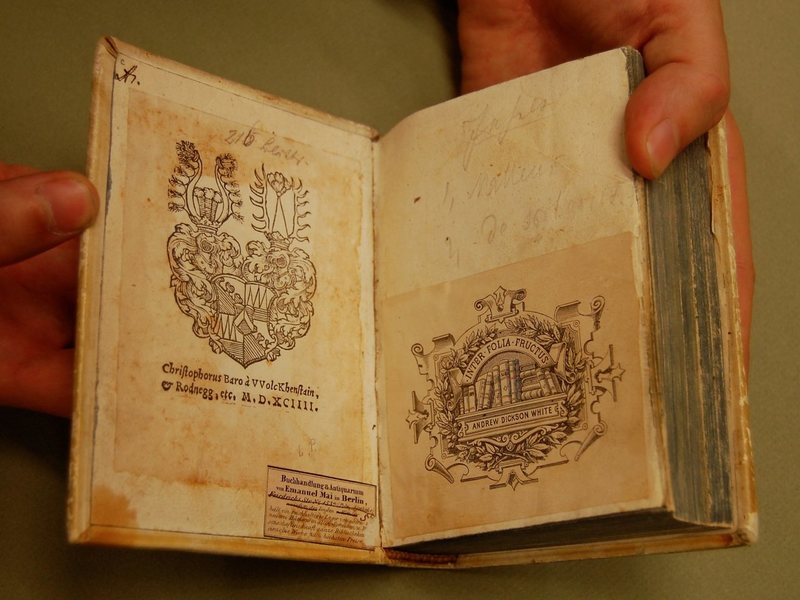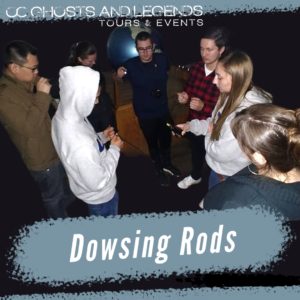This sounds preposterous right? Well it was actually a thing in the late 1400’s and was very much like a “witch hunting for dummies” (how-to) book.
GERMAN CLERGYMAN HEINRICH KRAMER REALLY had it out for witches. A member of the Dominican order of preachers, Kramer started amassing power in the 1470s and by the 1480s was zealously attempting to prosecute witches.
Kramer thought his methods should be adopted more widely and published the resulting book in 1487, as the Malleus Maleficarum—a handbook for witch hunting.
Imagine going through first the ordeals of a magistrate system that you may not be familiar with only to end in front of the judge and for him to say,
“Per the Malleus Maleficarum and what I have witnessed in this court. You are to burn at the stake.”
At first you realize, did he just say get burned at the stake? But the royal court doesn’t have that power and shouldn’t have that power. But looking close into it. You notice, this isn’t the magistrate system, this is a Secular Court… oh no. Then you realize, this is the late 16th century. Up until now, the punishment for heresy was a lot simpler but within the last decade you have noticed that the punishment for this type of crime has taken a spike in severity. Burning at the stake is now a common punishment for heresy.
Back to the Secular Court, what is the secular court? If you’re not familiar with this type of court, don’t worry, at this point in time, the church has a lot to say about anything that happens in it’s property. The Crown had control over everything except for anything that was property of the church. Within the property final word is coming from the church.
The Malleus Maleficarum asserts that three elements are necessary for witchcraft: the evil intentions of the witch, the help of the Devil, and the permission of God. The treatise is divided into three sections.
The first section is aimed at clergy and tries to refute critics who deny the reality of witchcraft, thereby hindering its prosecution.
The second section describes the actual forms of witchcraft and its remedies. The third section is to assist judges confronting and combating witchcraft, and to aid the inquisitors by removing the burden from them. Each of the three sections has the prevailing themes of what is witchcraft and who is a witch.

(Credit: J. Sprenger and H. Institutoris, Malleus maleficarum.) Credit: Wellcome Collection. Attribution 4.0 International (CC BY 4.0)
Section 1:
This section examines the concept of witchcraft theoretically, from the point of view of natural philosophy and theology. Specifically it addresses the question of whether witchcraft is a real phenomenon or imaginary, perhaps “deluding phantasms of the devil, or simply the fantasies of overwrought human minds”. The conclusion drawn is that witchcraft must be real because the Devil is real. Witches entered into a pact with Satan to allow them the power to perform harmful magical acts, thus establishing an essential link between witches and the Devil.
Section 2:
Matters of practice and actual cases are discussed, and the powers of witches and their recruitment strategies. It states that it is mostly witches, as opposed to the Devil, who do the recruiting, by making something go wrong in the life of a respectable matron that makes her consult the knowledge of a witch, or by introducing young maidens to tempting young devils. It details how witches cast spells, and remedies that can be taken to prevent witchcraft, or help those who have been affected by it.
Section 3:
 Unknown/Wikimedia Commons/Public Domain
Unknown/Wikimedia Commons/Public Domain
This section is the legal part of the Malleus Maleficarum that describes how to prosecute a witch. The arguments are clearly laid for the lay magistrates prosecuting witches.
The section offers a step-by-step guide to the conduct of a witch trial, from the method of initiating the process and assembling accusations, to the interrogation (including torture) of witnesses, and the formal charging of the accused. Women who did not cry during their trial were automatically believed to be witches.
References for text: Levack (2013), pp. 75-76; Russell, 232; Broedel (2003), p.20.; Broedel (2003), p. 22.; Broedel, 30; Mackay (2006), p. 214.; Broedel (2003), p. 34.; Mackay (2006), p. 502.




